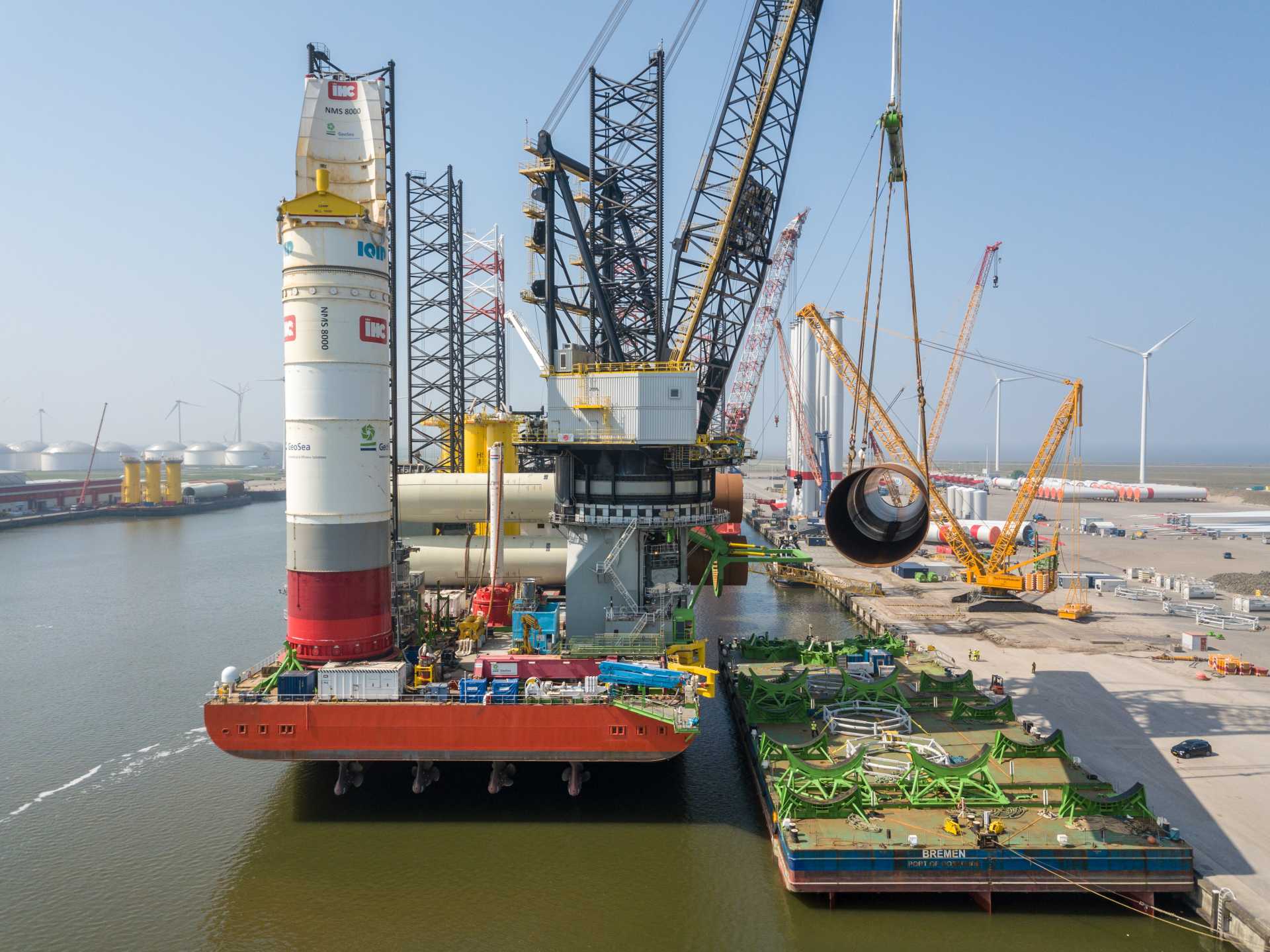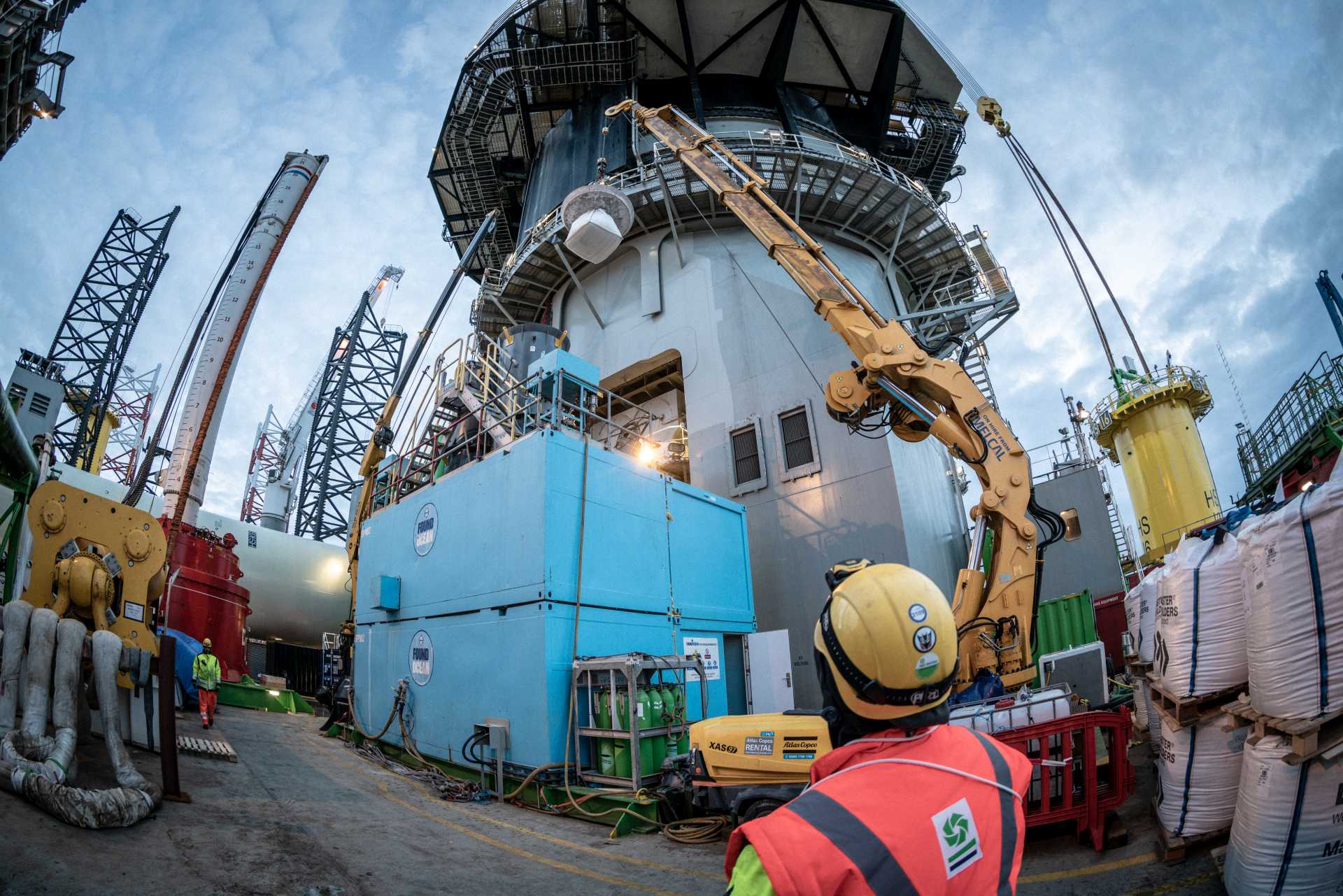CREW TRANSFER VESSEL
VESSEL FOR THE TRANSFER OF PERSONNEL AND SPARE PARTS TO OFFSHORE WIND TURBINES.
Crew transfer vessels (CTV) are mainly used to transport offshore personnel and smaller cargo units. The fender system at the bow helps the vessel to approach the access ladder of a wind turbine or an accommodation vessel and facilitates safe boarding of personnel. Typically, today’s crew transfer vessels are designed to transport 12 people; larger units can transfer 24 people and more. In addition to traditional mono-hull designs, catamarans, trimarans and vessels termed SWATHs (Small Waterplane Area Twin Hull) are deployed in the offshore market. Depending on the specific design, a CTV achieves a speed of between 20 and 30 knots (approx. 50 km/h). Small to medium-sized deck cranes, as well as a fuelling system for wind turbine aggregates add to the versatility of this ship type. Aluminium is the preferred material for the manufacture of crew transfer vessels in order to keep down both their own weight and the impact loads when mooring at the turbine.




